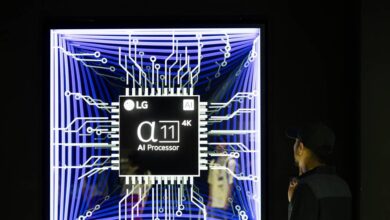Advanced Therapy Needs Well-Controlled Processes to Benefit from AI

Advanced therapy manufacturers require robust hardware and monitoring software before they can benefit from advances in artificial intelligence. That’s the view of Ioannis Papantoniou, PhD, an associate professor of tissue engineering and bioprocess development at KU Leuven in Belgium.
According to Papantoniou, who spoke at the Terrapinn Advanced Therapies Congress earlier this year, the huge quantities of data required to train machine learning algorithms mean it’s essential to already have necessary sensor technology, automation hardware, and process control and analytics in place.
“You need to implement automation in a systematic way or else it’s just numbers—like a brain with no hands,” he explains.
Papantoniou explains that among his team’s projects, they used machine learning to study the growth kinetics of donor progenitor cells in scale-down suspension bioreactor systems. However, to acquire meaningful data, they trained the AI on data collected on cells from more than two hundred donors.
Meaningful AI
“To get meaningful AI, you need more donor cells than are available to most people developing cell-based products,” he points out. “The AI has to be trained with a given number of data points, calibrated, and validated with another, independent control dataset.”
At that time, he felt the advanced therapy industry was producing enough data to benefit from AI. But now, he says, that’s beginning to change with the adoption and integration of new automated technologies. These include smart bioreactors from companies, such as Ori Biotech or a variety of biosensors, such as Raman Spectroscopy probes.
“People are now making multiplex sensors, which can be cheaply incorporated into disposables used for cell differentiation and expansion monitoring. This expands the range of critical quality attributes you can measure,” points out Papantoniou, adding that he expects this trend to continue, making it more feasible to use AI for predicting complex cell behaviour while controlling manufacturing processes.
Papantoniou’s team is currently using a Horizon Europe grant to build a small factory to manufacture organoids, organ-like tissues that can be used for the bioprinting of larger tissues. The factory, which includes bioreactors, bioprinting, high-speed imaging, and robotic liquid handling, is designed to monitor proteins and metabolites secreted by the cells, allowing 3D tissue implants to be carefully controlled by AI.
“We know what to measure to support cellular and tissue development and we’re now growing more confident in using these data to predict how cells might behave,” he says.
Further into the future, Papantoniou predicts that AI may even be used for managing decentralized manufacturing at sites based in different countries.



